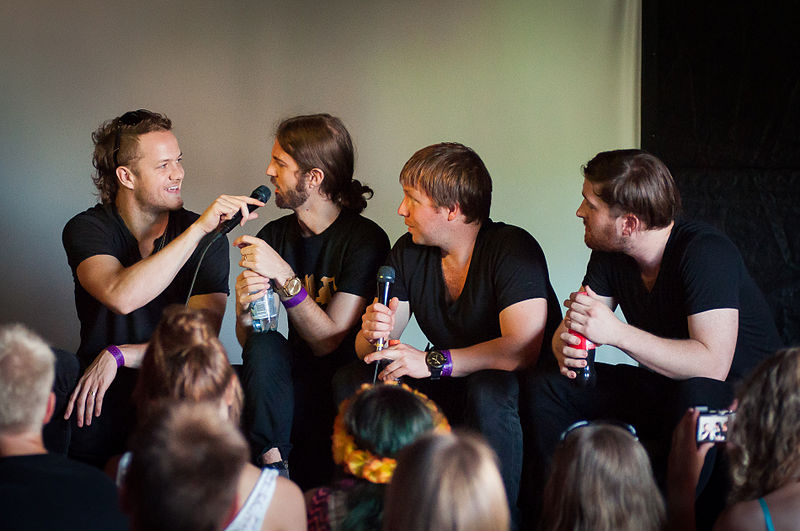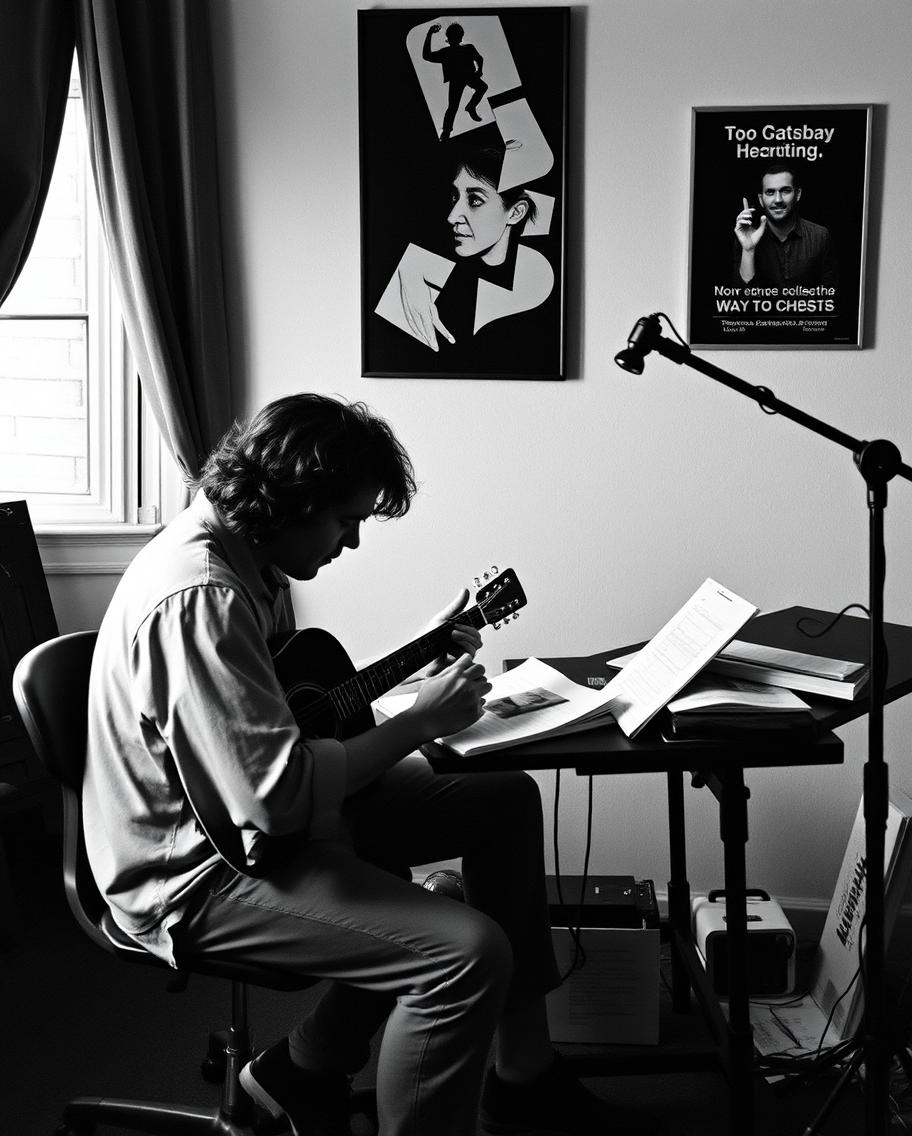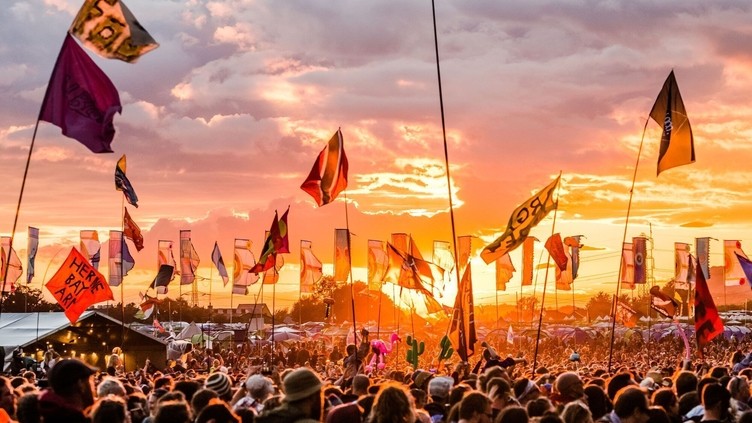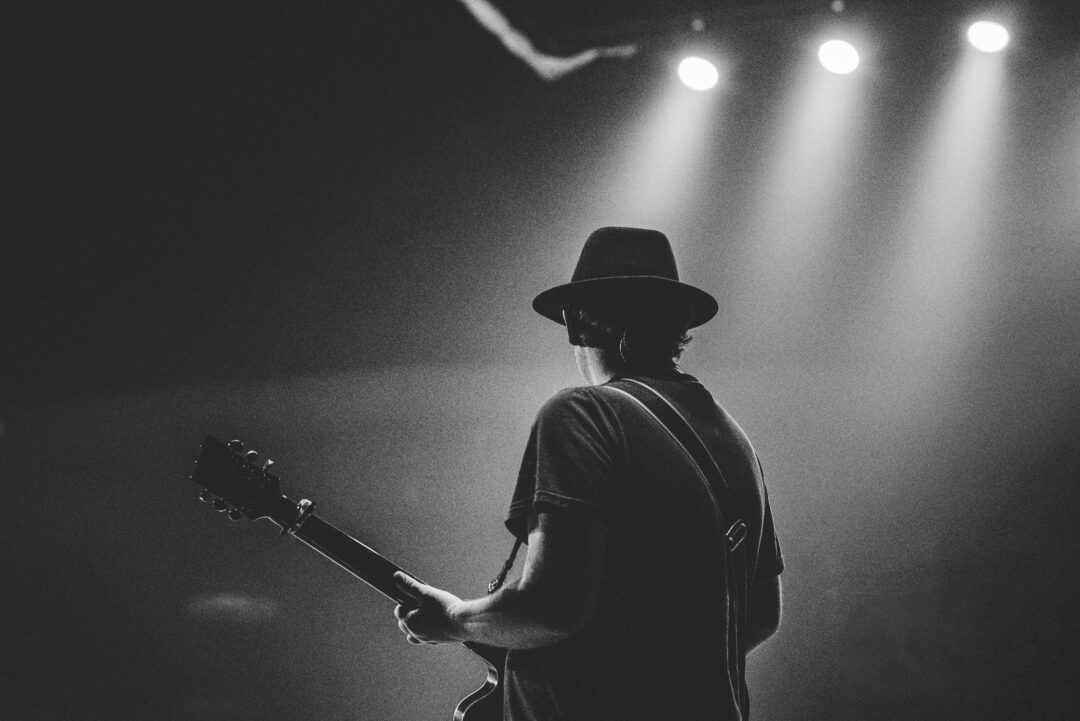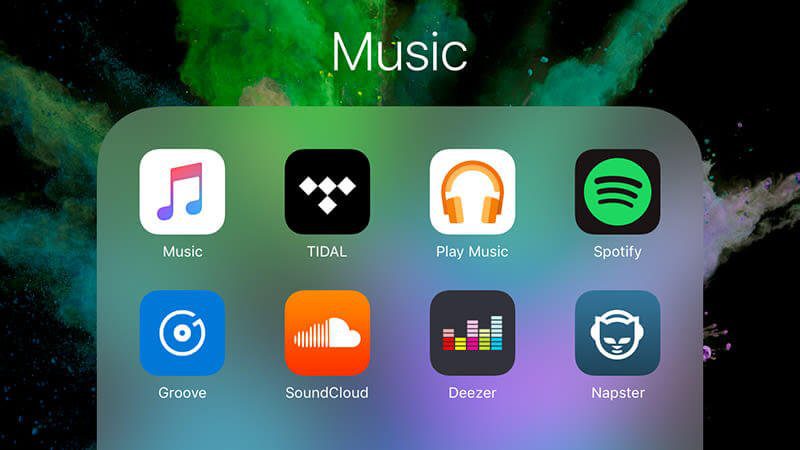The music industry has long been a labyrinth for independent artists, with every gig secured feeling like a hard-earned victory. While the rise of digital platforms has made it easier for creators to reach listeners, the same can’t be said for booking live performances.
Enter Booking-Agent.io, a new AI-powered lead generation tool that flips the script on the challenges of gig hunting. Far from making artists obsolete, this new AI innovation is a helping hand in tearing down long-standing barriers. By streamlining the process of finding talent buyers and venue contacts, Booking-Agent.io proves that AI can be an ally rather than an adversary for independent creators.
Try Booking-Agent.io and increase your list of booking contacts today!
The Long Road to the Stage: Why Independent Artists Need a Shortcut
For artists without the luxury of a manager or a well-connected booking agent, securing live gigs often feels like navigating an endless maze. Even the most talented performers can find themselves stuck on the outskirts of the industry, unable to break into the tightly knit network of talent buyers and venue operators.
Without direct access to these gatekeepers, many artists rely on cold emails, social media outreach, and sheer luck—methods that, while admirable, often yield frustratingly few results. Moreover, the lack of transparency in the booking process can leave even the most resilient artists questioning their path. This systemic opacity isn’t just discouraging; it’s a direct barrier to entry for those who can’t afford the time or resources to break through.
Booking-Agent.io flips this narrative by offering an AI-driven tool that effectively shrinks the gap between artists and opportunity. No more sending dozens of unanswered emails or poring over outdated venue directories. By making key contacts accessible with a simple search, the platform puts independent artists on a level playing field with those backed by industry professionals.
Reducing Degrees of Separation: AI Levels the Playing Field
It’s often said that the music business is all about who you know, but tools like Booking-Agent.io are rapidly dismantling that notion. Instead of spending hours building tenuous connections, artists can now access direct leads through a platform that does the heavy lifting for them.
One of the platform’s standout features is its map-based visualisation of gigs and venues. Imagine being able to pinpoint live music hotspots tailored to your niche, all without having to dig through endless online forums or rely on word of mouth.
For artists operating in genres outside the mainstream, this feature is game-changing, for the way it opens up venues and contacts that might otherwise remain hidden.
Gone are the days when artists needed six degrees of separation to land a gig. With Booking-Agent.io, those degrees have been slashed to near-zero. It’s a bit like skipping the queue at a notoriously exclusive club—except, in this case, the bouncer is an algorithm designed to help you succeed.
Breaking the Genre Barrier: AI’s Inclusive Approach
Another of Booking-Agent.io’s strengths lies in its unrestricted genre reach. Unlike pre-built databases that cater to mainstream music tastes, this tool functions as a live search engine. Whether you’re a grime artist, a jazz quartet, or an experimental noise act, the AI’s advanced search capabilities ensure that no niche is overlooked.
For independent creators, this is a breath of fresh air. The industry has a tendency to favour commercially viable genres, leaving those who don’t conform to these expectations in the shadows. Booking-Agent.io counters this bias by democratising access to opportunities. By focusing on merit and relevance rather than genre or marketability, the tool reinforces the idea that every artist deserves a shot at success.
From Gatekeeping to Opportunity: How AI Democratises the Process
Perhaps the most revolutionary aspect of Booking-Agent.io is its ability to democratise the live booking process. Traditionally, the gatekeepers of the music world—talent buyers, promoters, and venue managers—have held all the cards. Breaking into this exclusive network often required not just talent but also connections, privilege, and, frankly, a good dose of luck.
By providing unlimited access to concert venue contacts, even at its most basic subscription tier, Booking-Agent.io removes many of these barriers. Instead of relying on gatekeepers, artists can take matters into their own hands, approaching venues and talent buyers directly. This autonomy is invaluable, particularly for those who have long felt shut out of the system.
It’s also worth noting that the platform is the brainchild of music industry insiders Benjamin Stein and Jannis Deisinger, whose firsthand knowledge of the challenges facing independent artists adds authenticity and credibility to the tool. This isn’t just another tech gimmick; it’s a product designed by people who genuinely understand the problem it aims to solve.
Conclusion: AI as a Collaborative Partner, Not a Replacement
The launch of Booking-Agent.io is a timely reminder that technology isn’t here to replace artists but to support them. The tool exemplifies how AI can act as a bridge rather than a barrier, connecting creators to opportunities they might otherwise never find.
For too long, independent artists have been stuck playing the same old game, one where the odds were stacked against them. With innovations like Booking-Agent.io, the rules are finally changing. The degrees of separation between artists and their next big gig has been reduced—not by chance but by design.
While the music industry will always have its challenges, tools like this show that progress is possible. For the artists still hustling to make their mark, Booking-Agent.io offers a rare and welcome glimpse of what an equitable future could look like.
Article by Amelia Vandergast



